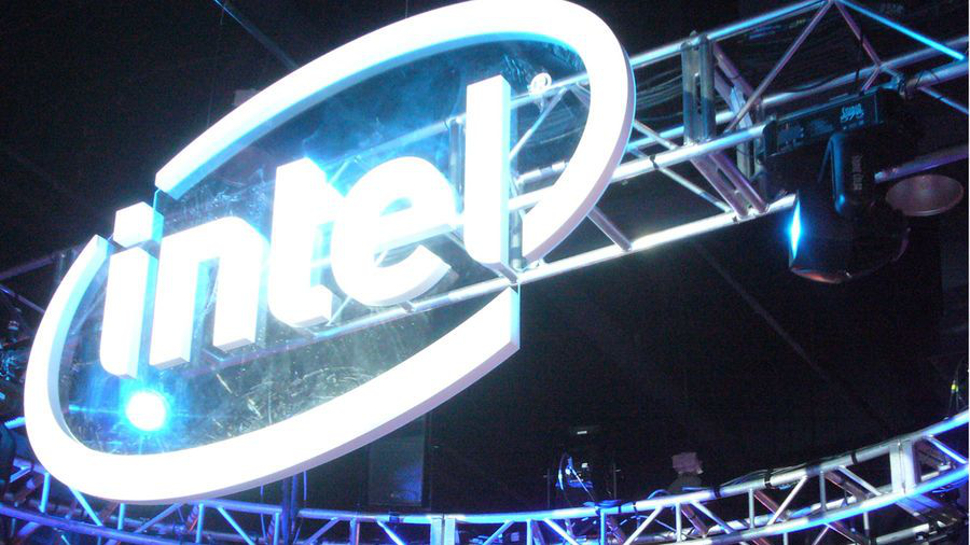Intel: Why we’re so much more than PCs
Intel pushes into more industries as it looks to power the smart world around us.

With much of the focus at CES 2019 given to gadgets or toys that may never amount to much beyond some January headlines, it’s important to remember that the show is also a chance for the true superpowers of technology to show off their hard work.
Intel’s stand was one of the largest and most striking at CES 2019, showing demos from 5G to autonomous vehicles to VR gaming, with the company’s keynote at the show containing far more news and announcements than many expected.
This all plays in to the message that Intel wants to put across - the company is far more than just the chip inside your laptop or desktop PC, it wants to extend its computing expertise to help power the increasingly smart, connected world.
“The message we wanted to deliver is that we have a much much bigger reach that we are expanding into,” Sandra Rivera, Intel's senior vice president of the network platforms group, told TechRadar Pro at the show.
“Historically where you would have thought of Intel as being very big in the PC market, or the data centre market, of course, we are those things and more.”
With more and more data being created every day, and the Internet of Things extending its reach across the world, the need for reliable, flexible and scalable computing at the edge is paramount, and Intel is stepping up to the plate to provide these services.
“We're expanding beyond our traditional PC-centric company that has been most of our history to a company that really powers all of the data that really impacts how we live work and play,” she added.
Sign up to the TechRadar Pro newsletter to get all the top news, opinion, features and guidance your business needs to succeed!
“Data really touches everything that we do - and moving to this pillar of growth around everything that's data-centric - including of course the PC - is really the strategy that we have been driving."
5G and more
5G will play a key role in Intel’s expansion, Rivera says, with the launch of the new high-speed networks representing “a true convergence between computing and communications”.
The new networks will require serious amounts of computing power to deploy, operate and maintain, providing a great opportunity for Intel to flex its muscle.
CES 2019 also saw Intel making a bold play in moving into comms hardware, targeting the chips powering 5G base stations for the first time. The company is aiming to go from zero to 40 percent market share by 2022 as it looks to once again position itself as the scrappy underdog.
“When you think about bringing this problem close to the compute machine, you now have the opportunity to think about this as a high-performance computing problem - and if it is a high-performance computing problem, we believe that Intel is best- placed to fix it,” Rivera says.
The company showed off its initial 5G handiwork at the 2018 Winter Olympics in Pyeongchang, and is now looking ahead to Tokyo 2020 to highlight exactly what it can do. This desire to fight is set to be a key cornerstone of Intel’s outlook going forward, Rivera says, as it comes to terms with increasing competition in all markets.
“We have this mindset of we're not the 80 or 90 percent market share guy - we're more like the 25 or 30 percent with headroom to grow,” she notes.
“Everywhere that you can have things and devices that are smart and connected...the opportunity to collect and aggregate that data, and turn that data into valuable insights that drive some positive action - we think we have a very valuable role to play.”
“We like the idea of being the scrappy and hungry underdog,” she adds, “We're at our best when we're hungry.”
- What is 5G? Everything you need to know

Mike Moore is Deputy Editor at TechRadar Pro. He has worked as a B2B and B2C tech journalist for nearly a decade, including at one of the UK's leading national newspapers and fellow Future title ITProPortal, and when he's not keeping track of all the latest enterprise and workplace trends, can most likely be found watching, following or taking part in some kind of sport.